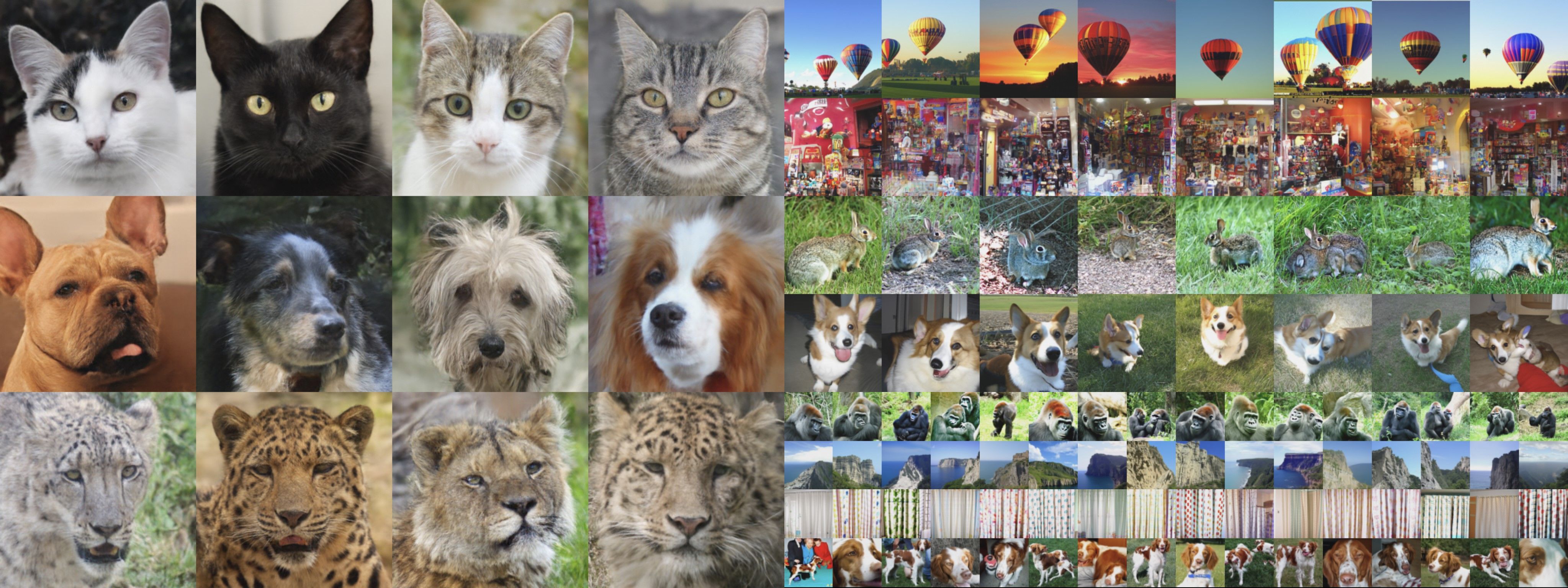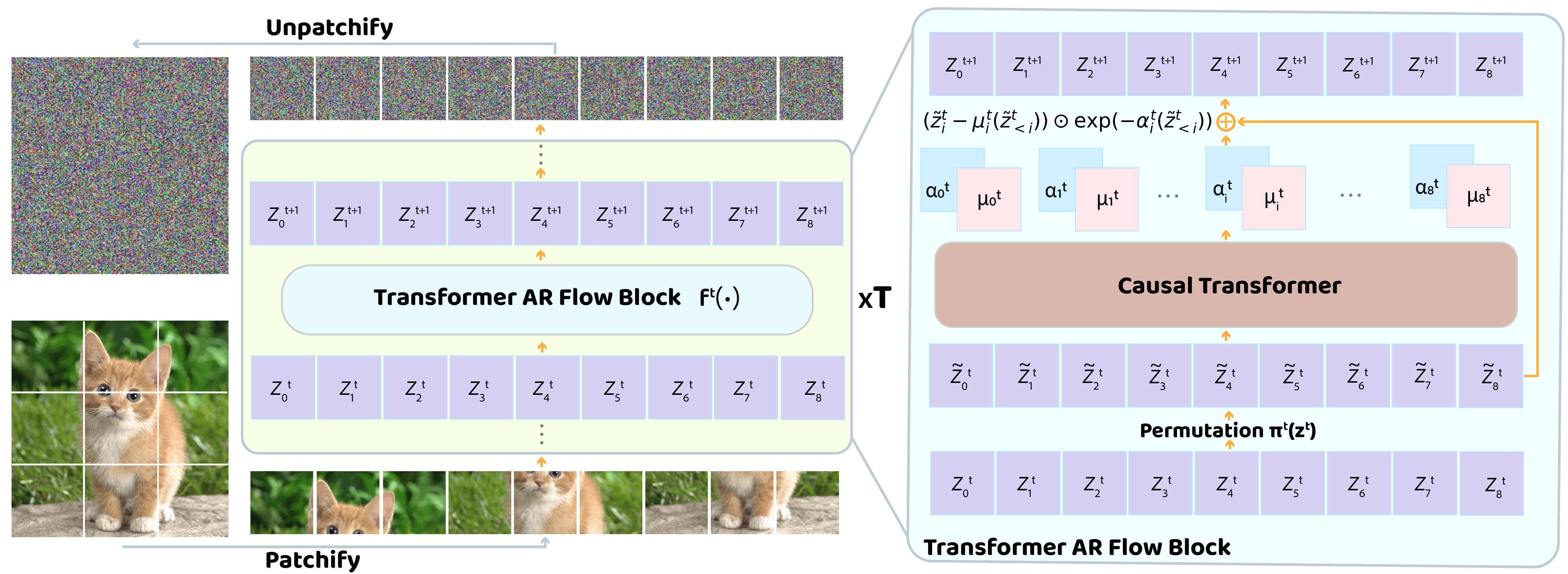Normalizing Flows are Capable Generative Models
Apple Machine Learning Research ・ machinelearning.apple.com
content type paper published June 2025
Authors Shuangfei Zhai, Ruixiang Zhang, Preetum Nakkiran, David Berthelot, Jiatao Gu, Huangjie Zheng, Tianrong Chen, Miguel Angel Bautista, Navdeep Jaitly, Josh Susskind
Normalizing Flows (NFs) are likelihood-based models for continuous inputs. They have demonstrated promising results on both density estimation and generative modeling tasks, but have received relatively little attention in recent years. In this work, we demonstrate that NFs are more powerful than previously believed. We present TarFlow: a simple and scalable architecture that enables highly performant NF models. TarFlow can be thought of as a Transformer-based variant of Masked Autoregressive Flows (MAFs): it consists of a stack of autoregressive Transformer blocks on image patches, alternating the autoregression direction between layers. TarFlow is straightforward to train end-to-end, and capable of directly modeling and generating pixels. We also propose three key techniques to improve sample quality: Gaussian noise augmentation during training, a post training denoising procedure, and an effective guidance method for both class-conditional and unconditional settings. Putting these together, TarFlow sets new state-of-the-art results on likelihood estimation for images, beating the previous best methods by a large margin, and generates samples with quality and diversity comparable to diffusion models, for the first time with a stand-alone NF model.
Figure 1: Samples at various resolutions generated by TarFlow.
Figure 2: Model architecture of TarFlow.
June 27, 2025 research area Computer Vision, research area Methods and Algorithms
We present STARFlow, a scalable generative model based on normalizing flows that achieves strong performance in high-resolution image synthesis. The core of STARFlow is Transformer Autoregressive Flow (TARFlow), which combines the expressive power of normalizing flows with the structured modeling capabilities of Autoregressive Transformers. We first establish the theoretical universality of TARFlow for modeling continuous distributions. Building…
Read moreNovember 14, 2023 research area Speech and Natural Language Processing conference NeurIPS
Autoregressive models for text sometimes generate repetitive and low-quality output because errors accumulate during the steps of generation. This issue is often attributed to exposure bias - the difference between how a model is trained and how it is used during inference. Denoising diffusion models provide an alternative approach in which a model can revisit and revise its output. However, they can be computationally expensive, and prior…
Read more
